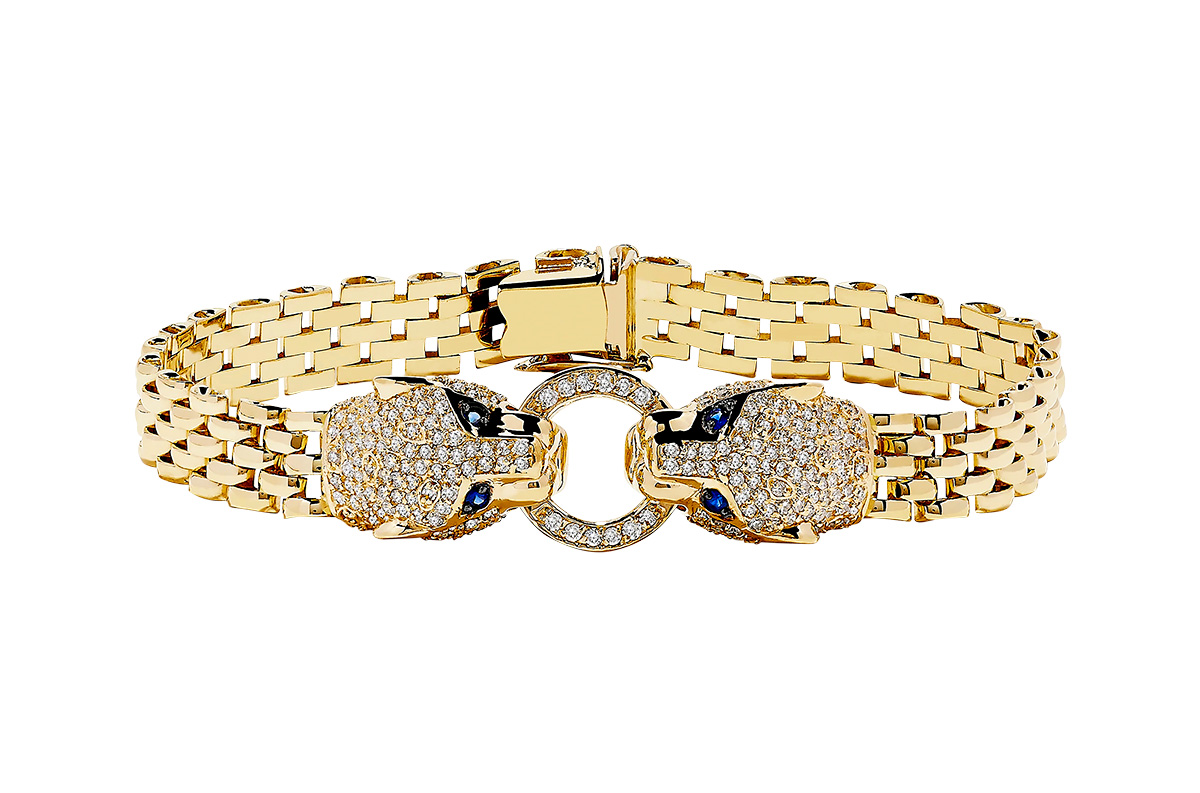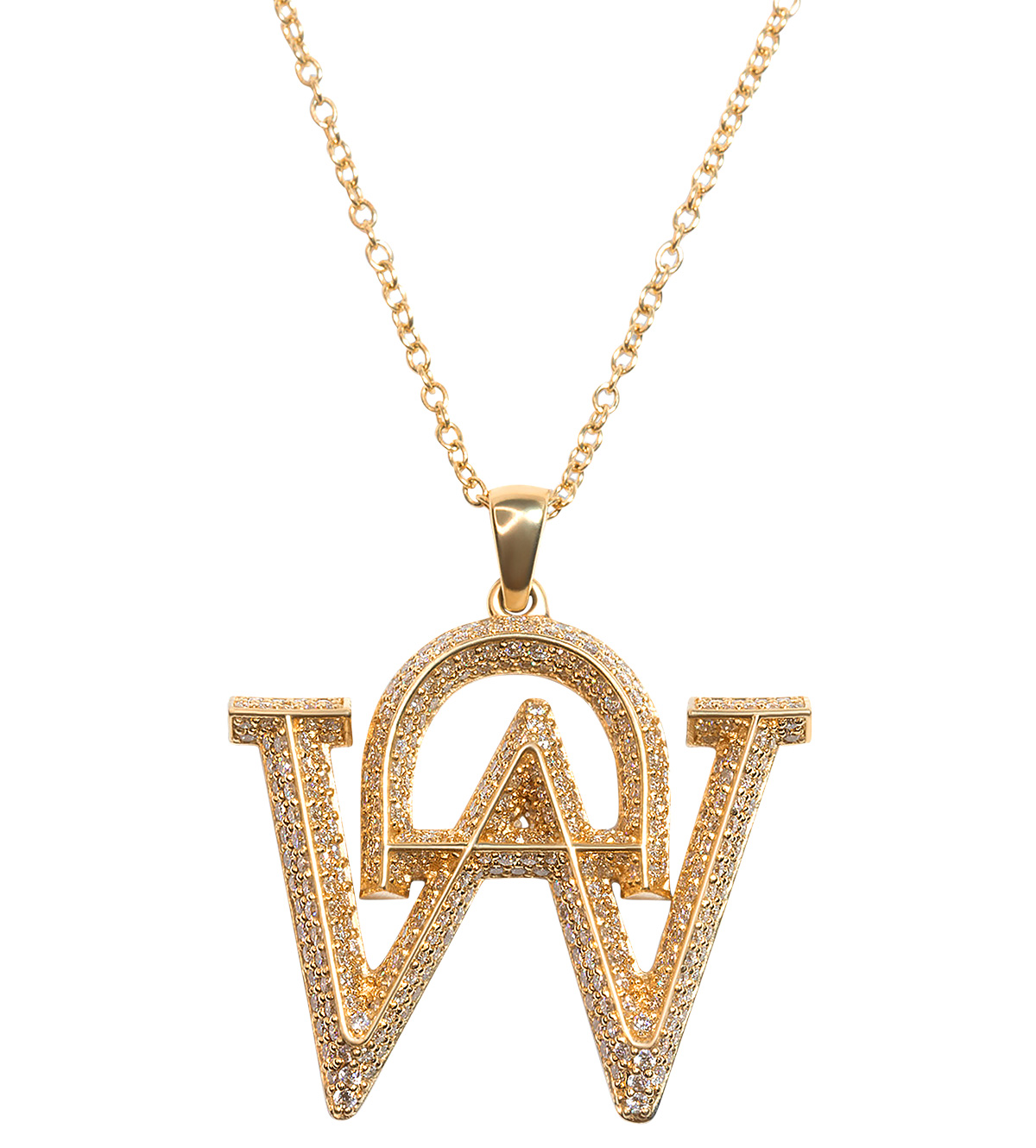
In 1925, Calvin Coolidge, the 30th president of the United States, delivered the first-ever national radio broadcast of an inauguration; F. Scott Fitzgerald published his novel The Great Gatsby; and the Scopes “Monkey Trial” in Tennessee highlighted the conflict between science and religion.
It was also the year of the International Exhibition of Modern Decorative and Industrial Arts in Paris, which the British historian Bevis Hillier had in mind when he coined the term art deco in the 1960s. In hindsight, the exhibition, now regarded as the apex of a geometric and diamond-centric style that had been building for years, marked the first time a 10-year period became so closely associated with a distinct aesthetic. As the century wore on, each passing decade introduced jewelers to a new design language, in reaction to changing styles and mores as well as the impact of world events.
This year, the JCK show will be flashing back to the decades between the 1920s and the present day with a series of thematic lounges, beginning at the registration area and extending throughout the show. We couldn’t resist a nostalgic look at the jewels that defined those years and the contemporary exhibitors who emulate the periods’ signature styles today. Because if the past has taught us anything, it’s that one era’s out-of-date colors and motifs are another era’s inspiration—rinse, rethink, and repeat.


1920s: Art Deco
Distinguished by a purity of expression that all but screams “modernity,” art deco jewelry is known for its angular silhouettes, white-on-white settings featuring diamonds mounted in platinum, and graphic use of gemstones in contrasting hues, including emeralds, rubies, onyx, and rock crystal.


1930s: Art Moderne
Also known as streamline moderne, this style came to the fore in the 1930s, when the hard-edged forms of art deco gave way to the curving, streamlined aesthetics of ships, trains, and airplanes in homage to the dawn of the Machine Age. Pearls in long swinging strands first popularized by the flappers of the 1920s were especially popular.


1940s: Retro
The retro period aesthetic stood in sharp contrast to the deco era. Due to wartime restrictions on platinum, jewelers turned out bold gold designs—often in a reddish hue, owing to the copper-heavy alloys of the day. Clip brooches and transformable jewels were hallmarks of the period, as were semiprecious gems (think citrine, topaz, amethysts, and aquamarines) from South America, which, unlike Asia (with its bounty of rubies and sapphires), remained largely unaffected by war.


1950s: Midcentury
Gold jewelry characterized by twists, tassels, and textures. Small diamonds set in clusters or “spray” designs. Matchy-matchy sets. The 1950s were defined by their postwar exuberance, and the jewelry reflected that in ornate, gem-set styles, from brooches to ear clips.


1960s: Exotic
The prim and proper ’50s gave way to a more louche 1960s style that boasted a bevy of exotic influences, from India to outer space, while the decade’s social upheaval translated into designs heavy on asymmetry and experimentation. Meanwhile, the popularity of hard stones (coral, chalcedony, and turquoise, to name a few) and cabochon-cut gems introduced a new color palette into the mix.


1970s: Bohemian
Offbeat and organic materials such as wood played on the 1970s’ bohemian tendencies. Sinewy gold chains and mesh pieces revealed the rising popularity of disco. A newfound emphasis on sculpture and design signaled a shift in mindset that would give birth to the designer jewelry movement in the decades to come.


1980s: Bold Gold
The power suit that ruled 1980s fashion demanded bigger and bolder accessories, which explains why oversize hoop earrings, thick gold chains, and stacks of bracelets—à la Madonna’s “Material Girl”—were the look of the day.


1990s: Minimalism
Partly in reaction to the gilded excesses of the previous decade, the 1990s saw simpler, sleeker silver designs; dainty jewels; and flea market finds (think leather chokers) rise to the fore, as two design movements—minimalism and grunge—competed for consumer souls. By decade’s end, however, the nameplate necklace, as seen on Sarah Jessica Parker’s Carrie Bradshaw character in HBO’s influential Sex and the City, was the quintessential get.


Early 2000s: Y2K
Like the pop-inspired ballads and high energy disco songs that ruled the early aughts, the period’s jewelry was light, colorful, and fun—beaded bracelets, smiley faces, and butterflies galore.


2010s: Color-Centric
The growing appeal of diverse and colorful materials, from sliced diamonds to gems once labeled “semiprecious,” such as opals and morganite, represented an important distinction of jewelry style circa the ’10s. Innovative designs crafted according to the highest standards, even those incorporating nonprecious materials like ceramic, would reign supreme.


2020s: TBD
The aesthetic of the ’20s is still a work in progress. But if we had to predict what jewelry historians of the future might say about it, we’d bet on gold, diamonds, and tons of wild and offbeat colored stones.
Top: Ring with 6.63 ct. spinel and 1.21 cts. t.w. diamonds in 18k white gold; $29,010; Yael Designs